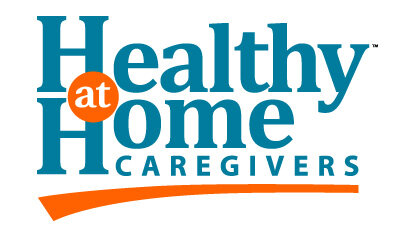What Should You Do If a Loved One Falls?
You come home from the store on day to find that an elderly loved one has fallen and is unable to get up themselves. You don’t know how long ago they fell or what state they may be in, so your brain starts racing. While it’s often our knee-jerk reaction to rush in and help them up, no one wants to see someone they love lying on the floor, that’s not always the best thing to do. But if picking them up isn’t the best thing, then what should you do?
Stay Calm
We’ve all been in situations that were made worse by someone panicking through them, haven’t we? When you realize that a loved one has fallen it’s important to keep your composure around them. If someone with an unknown injury becomes agitated there’s a chance they may hurt themselves more so staying calm is key. As you’re keeping yourself calm it might help the person who fell if you encourage them to take a few deep, calming breaths as well.
Examine Them for Injuries
Many different injuries can result from falls in the home. Once you’ve found your loved one and have gathered your thoughts, begin to look them over for any injuries they may have gotten during the fall. As you’re examining them be sure to go slow and be careful as they may not realize they’re even injured until they begin to move.
If there are any serious injuries, call 911. There may be minor scrapes or bruising that can be taken care of from home, but this isn’t always the case. As stated earlier, try to remain as calm as possible even if you must call 911.
Helping Them Up
If you’ve assessed your loved one for injuries and decided that medical attention is not needed, then your next step will be helping them up. Your goal is to be there to steady and aide them in getting up, not lifting their weight. If you realize that they’re not going to be able to get themselves up with a bit of assistance, then it’s best to call to request a lift assist. You don’t want to hurt yourself and end up on the floor with them.
Before moving your loved one set up a chair near their head and a chair near their feet. Since you won’t be lifting their weight the chairs are going to be used to help them get off the floor. Once the chairs are in place then you can begin to help your loved one move. First help them roll onto their side, then you’ll want to help them get to their hands and knees. Go as slow as you need to during this process and remember that there is always someone you can call if you’re not confident you’ll be able to help them up on your own.
Once they’re on their hands and knees move the chair closest to their head so that it is right in front of them. Once the chair is placed, they may rest their hands on the seat of it as they assume a kneeling position. From there have the senior lean forward on the seat of the chair for leverage as they bring their strongest leg forward. As they rise bring the other chair behind them so that they may lean back onto the seat. You may use your hands to steady them but your loved one should be doing most of the physical work.
After the Fall
Once your loved one is off the floor and seated in the chair you set up for them, have them take a break to regain their balance. Keep them seated there until you’re confident in their abilities to stand and walk without falling again. It’s recommended that you inform their doctor of their fall and that in the days following their fall you keep an eye on them for any emerging issues or pain that wasn’t noticed at first.
One in four seniors will experience a fall of some degree this year. While it’s a scary moment when you find that one of your loved ones has fallen we hope that you feel a bit more prepared to handle the situation after reading over this article.
Need to know what to do just in case you’re the one that falls? Check out this blog post!

